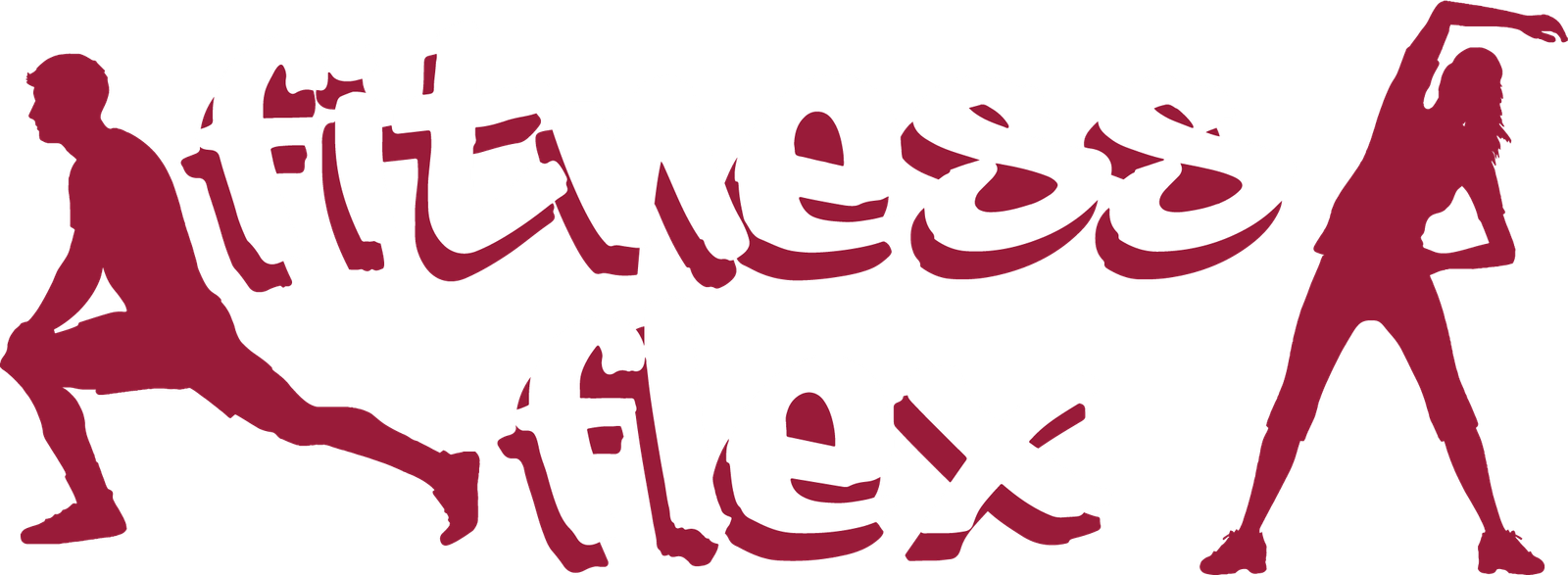Active vs Passive Recovery and why is it so important to us?
Active recovery/Active rest, is when you do some sort of movement that is less intense than your regular workout days. That can be anything from yoga, a walk, or a leisurely jog. In general, an active recovery day features easy workouts no more than low to moderate intensity. An example of this would be if you are training for a marathon then you would use an active recovery day as an opportunity to walk a few easy miles or take a gentle yoga class to work on your flexibility.
So what are the benefits you ask…
Active recovery workouts are beneficial for your body. They may help you recover faster after a difficult workout.
Some of these benefits include:
- reducing lactic acid buildup in muscles
- eliminating toxins
- keeping muscles flexible
- reducing soreness
- increasing blood flow
- helping you maintain your exercise routine
Passive recovery is a total rest day so no exercise at all. It’s a must when you’re injured, sick or your body is telling you need it. For example if you have trained 5 days in a row and you have major DOMs or muscle fatigue then you likely need to have a day off. When you’re taking the day off, you can go about your day without much activity or you can get a massage, which can help with blood flow and relax your muscles.
Why should you use passive recovery?
You really need to listen to your body on this one. When you need a rest day to let your body recover without putting any further load on it, or you’re worried about any pain or injury, it may be time to have a day off and practice passive recovery. After all, passive recovery is still recovery and will help prepare your muscles and body for your continued training. Which in tail will prevent you from injury.
Hope this helps and gives you a better understanding of the types of recovery and why they are important.

